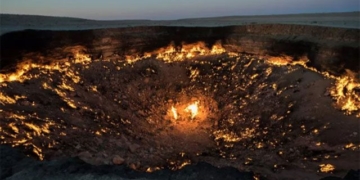AI Generates Predictive Images of the Planet’s Future: We Will Face Climate Nightmares. This could very well become a reality.
The predictions made by artificial intelligence (AI) regarding the future of our planet are based on key phrases from a recent report by the Intergovernmental Panel on Climate Change (IPCC) of the United Nations about global warming, its consequences, and potential solutions. The results are concerning.
A Picture Speaks a Thousand Words
The images created by AI depict a frightening outlook related to climate nightmares. Below are some visuals and predictions made by AI about the world’s weather in the future.
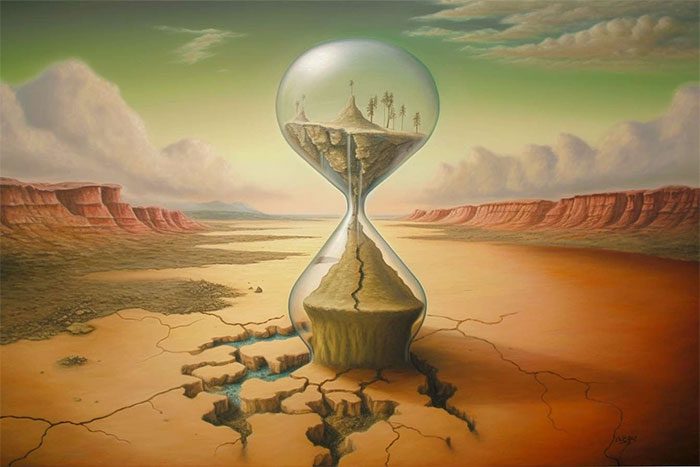
The world needs to take strong action to limit human-caused global warming. To achieve this, countries must quickly reach net-zero emission targets.
The amount of CO2 (greenhouse gas) that humans continue to emit will determine whether the average global temperature exceeds 1.5-2 degrees Celsius.

At the current rate, CO2 emissions from fossil fuel industries will cause the average temperature of the Earth to exceed the 1.5°C threshold compared to pre-industrial levels.
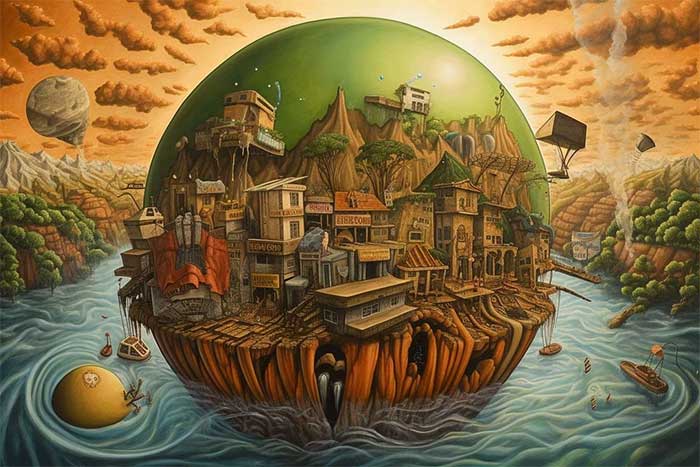
Poor adaptation of countries in certain sectors and regions poses a significant challenge in the fight against climate change.
Moreover, funding allocated for adaptation activities is currently insufficient, especially in developing countries.
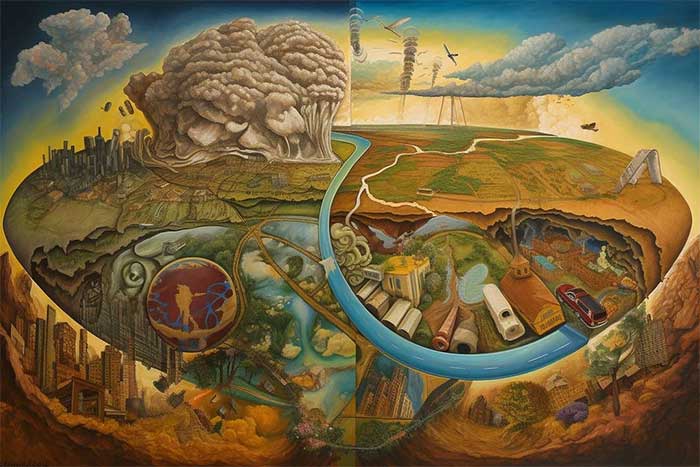
The world must accelerate the search for solutions and resilience when facing climate issues.
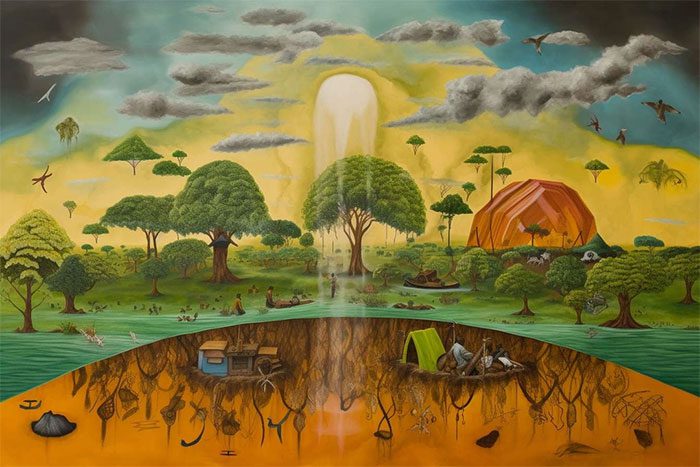
Countries need to have a rapid and comprehensive transition roadmap across all sectors to limit carbon emissions, greenhouse gases, and ensure a livable and sustainable future for humanity.
250,000 Deaths Annually Due to Climate Change
The consequences of global warming exceeding 1.5°C compared to pre-industrial levels pose a significant threat to human health and render many areas of the planet uninhabitable.
What AI predicts about climate change could very well become reality.
According to the World Health Organization (WHO), an additional 250,000 people are expected to die each year due to climate change, while statistics show that one in four deaths is from preventable environmental causes.
The United Nations agency states that rising temperatures, extreme weather, air pollution, wildfires, and crises related to water and food not only lead to fatalities but also exacerbate infectious diseases and temperature-related illnesses.
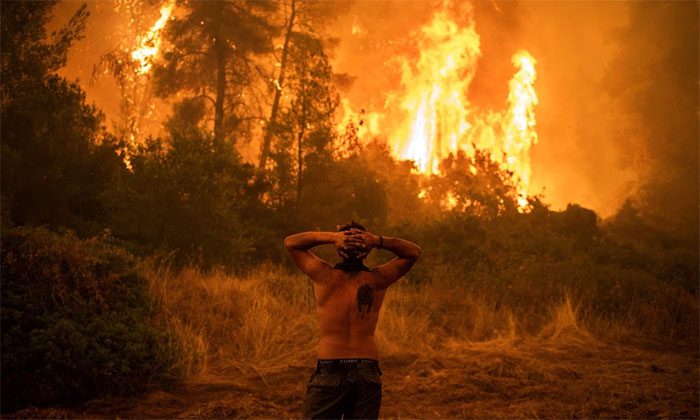
If we do not take strong action, climate change will severely damage the planet. (Illustration: The Guardian).
“It is humans’ reliance on fossil fuels that is causing climate change and killing us,” said Vanessa Kerry, WHO’s special envoy for climate change and health.
Climatologists state: “If governments worldwide maintain their current environmental policies, global warming in this century will be between 2.3-3.3 degrees Celsius.”
The consequences of this will be devastating; specifically, by 2050, around 1.6 billion people in 970 cities worldwide (representing 55% of the global population) will have to live in environments with average temperatures reaching at least 35 degrees Celsius for three months.
The countries of India and Pakistan have suffered the consequences this year. From March to May, temperatures in some cities recorded record highs of 50 degrees Celsius.
This exceptionally severe and early heatwave caused 90 deaths in India and resulted in power outages and water shortages for millions.
Since 2010, heatwaves have resulted in over 6,500 deaths in India. A significant portion of the Indian population lives in low-income areas, making them more vulnerable to extreme temperatures.
Coastal cities are particularly threatened by climate change: residents will have to deal with increasingly frequent and widespread flooding due to rising sea levels from melting ice caps.
In the past 50 years, the number of weather-related disasters has increased fivefold, causing damages of $202 million daily.
This has led experts to urge world leaders to establish early warning systems for climate change risks (with about half of the countries globally lacking such systems) to mitigate the material and human losses caused by these issues.


















































